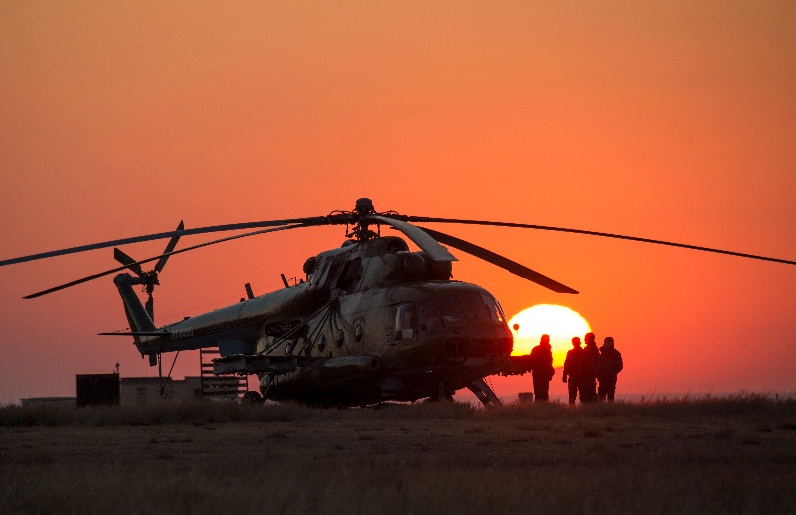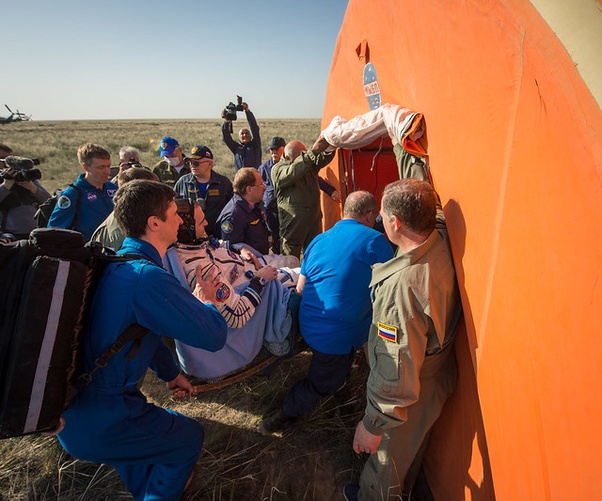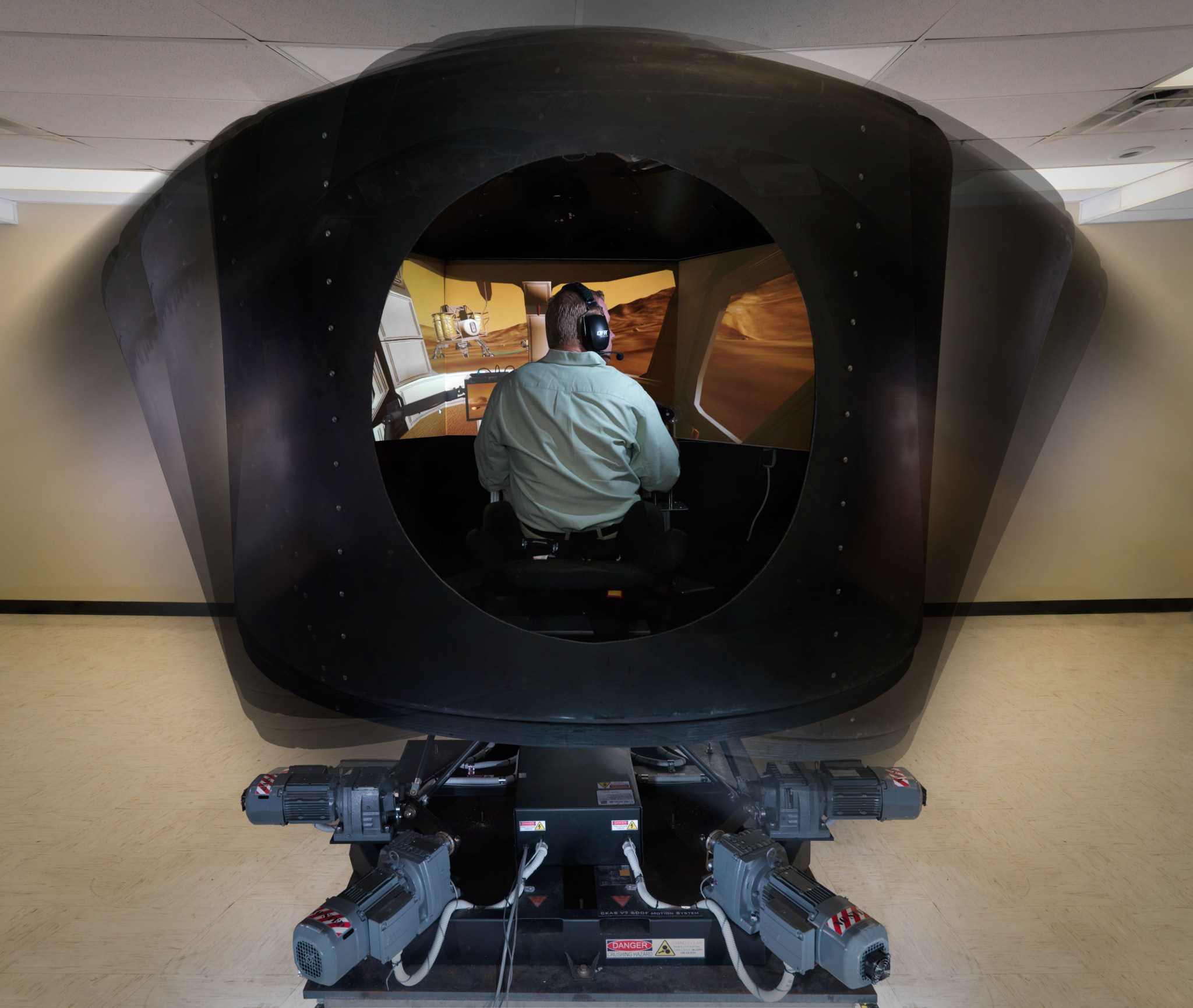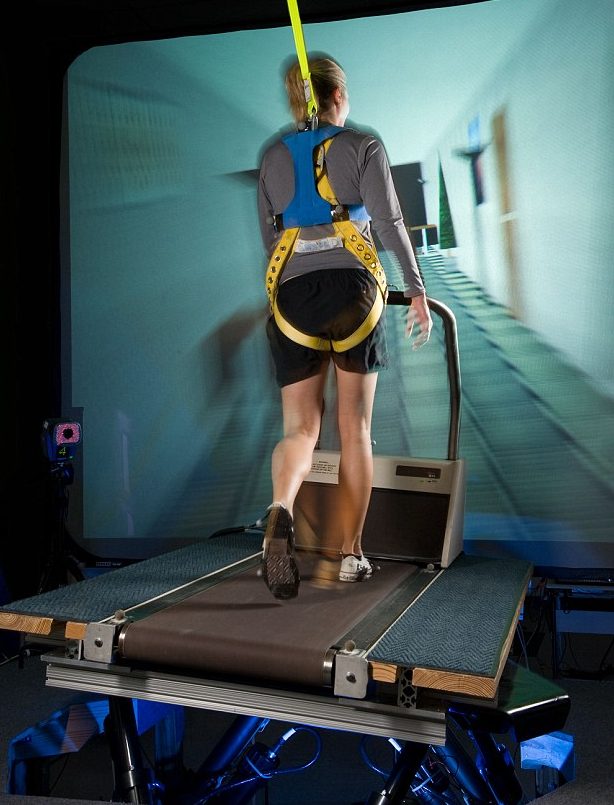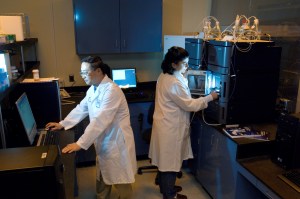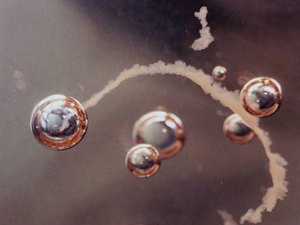Re-learning to Sense and Control Motion
Living in an altered gravity environment results in changes in how the brain senses and controls movements. Astronauts can experience varying degrees of nausea and disorientation for a few days as their brain adapts to the new environment. Over time they learn to move and orient more efficiently. However, subsequent transitions to a new gravity environment, for example, landing on the moon or Mars or returning to Earth, will result in additional changes in brain function. The Neuroscience team of the Human Health and Performance Directorate investigates how the effects of spaceflight on the central nervous system may pose a risk to astronaut performance and evaluates how countermeasures may reduce these risks.
Fun Fact: Space travelers experience varying levels of motion sickness symptoms shortly after arriving in space and after they return to Earth. How sick you get traveling in cars, boats, and planes on Earth does not predict how motion sick you may get during space travel!
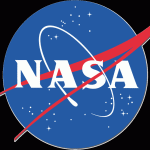
NASA
Laboratory in a Backpack
Adaptive changes in sensorimotor function happen quickly – beginning as soon as the astronaut experiences the transition to the new gravity environment. This also is a period of great demand on the crewmember to perform critical mission tasks such as land a vehicle or egress from the capsule. To capture functional decrements soon after landing, our neuroscience researchers design and execute a series of field tests near the landing locations, either in the medical tents following Soyuz landings in Kazakhstan or near the commercial crew program landing sites in the U.S. Objective measurements are captured with motion sensors and video cameras as crewmembers perform operationally relevant tasks such as recovering from a fall, turning corners, stepping over obstacles, or performing eye-head tracking. Similar field equipment will be needed in future exploration missions to determine if crew members are fit for performing specific tasks, or to provide self-administered rehabilitation tools. The laboratory also uses larger research platforms to support testing before the missions and after the crews return to Houston. These include clinical systems to measure dynamic posturography, walking on a treadmill, or measure vestibulo-ocular reflexes using spinning chairs. Magnetic resonance imaging (MRI) is used to measure changes in brain structure and function. We also use six degrees of freedom (6 DF) motion devices to simulate landing vehicles.
Countermeasures to Improve Performance
Knowing that these adaptive changes can impact critical mission tasks, our neuroscience researchers are devoted to developing sensorimotor countermeasures to mitigate the risks to the crew. Treatments for dealing with motion sickness include new pharmaceuticals in combination with other training or orientation aids. Preflight techniques to train crewmembers to ignore inaccurate vestibular input or in-flight tools to keep proprioceptive function tuned are being developed to enhance adaptation following transitions to new gravity environments. Countermeasures to improve performance when landing vehicles or safely getting out of the capsule include training and procedural and orientation aids. As we prepare for exploration on the moon and Mars, autonomous tools are being developed that crewmembers can use for self-administering both assessments and rehabilitation. These same tools will have benefits for improving the treatment of balance disorders on Earth.
Mimicking the Effects of Spaceflight
For several decades our neuroscience research team at NASA has leveraged ground analogs to mimic the effects of spaceflight to further the development of countermeasures. Research-based on large-scale preflight adaptation trainers have led to portable virtual and augmented reality approaches to induce tilt-translation illusions associated with vestibular adaptation. Galvanic vestibular stimulation approaches are being refined for both training and development of fitness for duty standards. Our 6 degree-of-freedom platforms are used for evaluating countermeasures associated with capsule egress during simulated wave motion. An air-bearing bed with loading cables allows us to evaluate proprioception training independent of tilt with respect to gravity while “standing” in a supine orientation. Experiments also are conducted at external facilities to use head-down bed rest for deconditioning, parabolic flight for providing partial gravity loads, or sustained centrifugation to examine effects following gravity transitions.
Points of Contact
Millard Reschke, PhD
Scott Wood, PhD
Elisa Allen
Tim Macaulay, PhD



























